Social and economic organization in the Muisca village of El Venado Valle de Samacá, Boyacá
DOI:
https://doi.org/10.22380/2539472X.1320Keywords:
.Abstract
The purpose of this paper is to illustrate the development of social hierarchy in the archaeological site of El Venado, a Muisca central village located in the Valle de Samacá, Colombia. The aim is to examine the interplay between two particular basis of social hierarchy: prestige as opposed to control of basic resources and wealth, through a 700 years of cultural sequence. Several lines of evidence (ceramics, fauna, tombs and spindle whorls) were analyzed to compare the extent of wealth and specialized activities carried out at different residential units within and between periods of occupation. In addition, a correspondence between the spatial organization of the settlement and the social and economic organization of its inhabitants is proposed. With the analysis of these information the nature and changes of bases of social hierarchy is reconstructed.
Downloads
References
Barber, E. J. W. 1991. Prehistoric Textiles: The Development of Cloth in the Neolithic and Bronze Ages. With Special Reference to the Aegean. Princeton University Press. Princeton.
Boada Rivas, Ana María. 1987. Asentamientos indígenas en el valle de La Laguna (Samacá. Boyacá}. Fundación de Investigaciones Arqueológicas Nacionales. Banco de la República. Bogotá.
-. 1991. "Patrón de asentamiento a lo largo de ríos y afluentes. El valle de Sutamarchán". Manuscrito. Fundación de Investigaciones Arqueológicas Nacionales. Banco de la República. Bogotá.
-. 1992. "El patrón de asentamiento como indicador de jerarquía administrativa". VI Congreso nacional de antropología. 22-25 de julio de 1992. Simposio Chibchas en América. Organizadores: Museo del Oro y Universidad de los Andes. Bogotá.
-. 1997b. "El hilado de algodón y la producción de mantas como fuente de riqueza para los caciques muiscas. El caso de una aldea central en los Andes nororientales de Colombia". Simposio Arqueología de sociedades complejas en Latinoamérica. 49 congreso internacional de americanistas. Organizadores: María Auxiliadora Cordero y Florencia Delgado. Quito. 7-n de julio de 1997.
-. 1998a. "Mortuary Tradition and Leadership: A Muisca Case of the Valle de Samacá. Colombia". En Advances in the Archaeology of the Northern Andes. In Memory of Gerardo Reíchel-Dolmatoff: 55-67. Editado por Augusto Oyuela-Caycedo y J. Scott Raymond. Monograph ,9. The Institute of Archaeology. University ofCnlifornin. Los Angeles.
-. 1998b. "Bases of Social Hierarchy in a Muisca Central Village of the Northeastern Highlands of Colombia". Tesis doctoral. University of Pittsburgh. Pittsburgh.
Boada, Ana María; Mora, Santiago y Therrien, Monika. 1988. "La arqueología de fragmentos cerámicos (Debate sobre la clasificación cerámica del altiplano cundiboyacense)". En Revista de Antropología. IV (2): 161-200. Departamento de Antropología. Universidad de los Andes. Bogotá.
Boada, Ana María; Therrien, Monika y Mora, Santiago. 1989. "Estilos cerámicos: territorios y gentes". Manuscrito. Instituto Colombiano de Antropología-Colcultura-Instituto Colombiano de Petróleos/Ecopetrol. Bogotá.
Broadbent, Sylvia M. 1964. Los chibchas. Organización socio-política. Universidad Nacional de Colombia. Bogotá.
Bronitsky, Gordon. 1984. "'Banking' at Arroyo Hondo. New Mexico. A.D. 1300-1424". En Research in Economic Anthropology. 6: 171-190. JAI Press. Greenwich.
Carneiro, Robert. 1970. "A Theory of the Origin of the State". En Science. 169: 733-738. DOI: https://doi.org/10.1126/science.169.3947.733
-. 1998. "What Happened at the Flashpoint? Conjectures on Chiefdom Formation at the Very Moment of Conception". En Elsa Redmond (editora). Chiefdoms and Chieftancy in the Americas:18-42. University of Florida Press.
Clark, John E. y Blake, Michael.1994. "The Power of Prestige: Competitive Generosity and the Emergence of Rank Societies in Lowland Mesoamerica". En Elizabeth M. Brumfiel y John W. Fox(editores). Factional Competition and Polítical Development in the New World: 17-30. Cambridge University Press. Cambridge. DOI: https://doi.org/10.1017/CBO9780511598401.003
Codere, Helen. 1950. Fighting with Property. A Study of Kwakiutl Potlatching and Warfare I790-I930. Monographs of the American Ethnological Society XVIII. J. J. Augustin Publisher. New York.
Colmenares, Germán. 1970. La Provincia de Tunja en el Nuevo Reino de Granada. Ensayo de historia social (I53frI8oo). Departamento de Historia-Universidad de los Andes. Bogotá.
D'altroy, Terence N. Y Earle, Timothy K. 1985. "Staple Finance. Wealth Finance, and Storage in the Inka Political Economy". En Current Anthropology. 26 (2): 187-197. DOI: https://doi.org/10.1086/203249
Doolittle, William E. 1992. "House-Lot Gardens in the Gran Chichimeca". En Thomas W. Killion (editor). Gardens of Prehistory: The Archaeology of Settlement Agriculture in Greater Mesoamerica: 69-91. University of Alabama Press. Tuscaloosa.
Drennan, Robert D. 1987. "Regional Demography in Chiefdoms". En Robert D. Drennan y Carlos A. Uribe (editores). Chiefdoms of the Americas: 307-323. University Press of América. Lanham.
-. 1995. "Mortuary Practices in the Alto Magdalena: The Social Context of the 'San Agustín Culture"'. En Tom Dillehay(editor). Tombs for the Living: Andean Mortuary Practices: 79-no. Dumbarton Oaks. Washington, D.C.
-. 1996. Statistics for Archaeologists. A Commonsense Approach. Plenum Press. Nueva York.
Earle, Timothy. 1978. Economic and Social Organization of Complex Chiefdoms: The Halelea District. Kaua'i. Hawaii. Anthropological Papers nº 63. Museum of Anthropology. University of Michigan. Ann Arbor.
-. 1991. "Property Rights and the Evolution of Chiefdoms". En Timothy Earle (editor) Chiefdoms: Power. Economy and Ideology: 71-99. Cambridge University Press. Cambridge.
Falchetti, Ana María. 1975. Arqueología de Sutamarchán. Biblioteca Banco Popular. Bogotá.
Feinman, Gary M.; Upham, Steadman y Lightfoot, Kent G. 1981. "The Production Step Measure: An Ordinal Index of Labor Input Ceramic Manufacture". En American Antiquity. 46 (4): 871-884. DOI: https://doi.org/10.2307/280113
Flannery, Kent. 1968. "The Olmec and the Valley of Oaxaca: A Model for Inter-Regional Interaction in Formative Times". En Elizabeth Benson (editora). Dumbarton Oaks Conference on the Olmec: 79-no. Dumbarton Oaks. Washington, D.C.
-. 1976. "Two Possible Village Subdivisions: The Courtyard Group and the Residential Yard". En Kent Flannery (editor). The Early Mesoamerican Village: 72-75. Academic Press. Orlando.
Fried, Morton H. 1967. The Evolution of Polítical Society. An Essay in Political Anthropology. Random House. New York.
Gilman, Antonio. 1981. "The Development of Social Stratification in Bronze Age Europe". En Current Anthropology. 22 (1): 1- 8. DOI: https://doi.org/10.1086/202600
-. 1991. "Trajectories Toward Social Complexity in the Prehistoric Mediterranean''. En Timothy Earle (editor). Chiefdoms. Power. Economy and Ideology: 146-168. Cambridge University Press. Cambridge.
Goldman, Irving. 1979. The Cubeo. Indians of the Northwest Amazon. University of Illinois Press. Champaign.
Hayden, Bryan. 1996. "Feasting in Prehistoric and Traditional Societies". En Polly Wiessner y Wulf Schiefenhovel (editores). Food and the Status Quest: 127-147. Berghan Books. Providence.
Helms, Mary.1979. Ancient Panama. Chiefs in Search of Power. University of Texas Press. Austin.
-. 1987. "Art Styles and lnteraction Spheres in Central America and the Caribbean: Polished Black Wood in the Greater Antilles". En Robert D. Drennan y Carlos Alberto Uribe (editores). Chiefdomsin the Americas: 67-83. University Press of América. Lanham.
-. 1994. "Chiefdom Rivalries. Control, and External Contacts in Lower Central América". En Elizabeth M. Brumfiel y John W.Fox (editores). Factional Competition and Political Development in the New World: 55-60. Cambridge University Press. Cambridge.
-. 1999. Access to Origins. Affines. Ancestors and Aristocrats. University of Texas Press. Austin.
Kirch, Patrick.1989. The Evolution of the Polynesian Chiefdoms. Cambridge University Press. Cambridge.
Langebaek, Carl H.1987. Mercados, poblamiento e integración étnica entre los muiscas. Siglo XVI. Colección Bibliográfica. Banco de la República. Bogotá.
-. 1996. "Patterns of Human Mobility and Elite Finances in 16th Century Northern Colombia and Western Venezuela". En Carl Langebaek y Felipe Cárdenas (compiladores). Caciques. Intercambio y poder: interacción regional en el área intermedia de las Américas: 155-174.Departamento de Antropología-Universidad de los Andes. Bogotá.
Londoño, Eduardo. 1983, "La conquista de la laguna de Cucaita para el Zaque. Un hecho militar prehispánico muisca conocido por documentos de archivo". Semestre de campo on file. Departamento de Antropología-Universidad de los Andes. Bogotá.
-. 1985. "Los cacicazgos muisca a la llegada de los conquistadores españoles. El caso del zacazgo o 'reino' de Tunja". Tesis de Grado. Departamento de antropología-Universidad de los Andes. Bogotá.
Mcanany, Patricia. 1995. Living with the Ancestors. Kinship and Kingshipin Ancient Maya Society. University of Texas Press. Austin.
Rozo, Gauta, José. 1978. Los muiscas. Organización social y régimen político. Fondo Editorial Sudamérica. Bogotá.
Sahlins, Marshall. 1963. "Poor Man. Rich Man. Big-Man. Chief: Political Types in Melanesia and Polynesia". Comparative Studies in Society and History. 5: 285-303. DOI: https://doi.org/10.1017/S0010417500001729
Salomon, Frank. 1995. "The Beautiful Grandparents: Andean Ancestor Shrines and Mortuary Ritual as Seen Through Colonial Records". En Tom Dillehay (editor). Tombs far the Living: Andean Mortuary Practices: 315-353. Dumbarton Oaks. Washington, D.C.
Simón, Fray Pedro. 1981 [162.5). Noticias historiales de las conquistas de Tierra Firme en las Indias Occidentales. 6 vols. Biblioteca Banco Popular. Bogotá.
Smith, Michael. 1987. "Household Possessions and Wealth in Agrarian States. Implications for Archaeology". En Journal of Anthropological Archaeology. 6: 297-335. DOI: https://doi.org/10.1016/0278-4165(87)90004-3
Spencer, Charles.1994. "The Development of Centralized Authority". En Elizabeth M. Brumfiel y John W. Fox (editores). Factional Competition and Political Development in the New World: 31-43. Cambridge University Press. Cambridge. DOI: https://doi.org/10.1017/CBO9780511598401.004
Steponaitis, Vincas. 1991. "Contrasting Patterns of Mississippian Development". En Timothy Earle (editor). Chiefdoms: Power. Economy. and Ideology: 193-228. University Press. Cambridge.
Strathern, Andrew. 1971. The Rape of Moka: Big Men and Ceremonial Exchange in Mount Hagen. Cambridge University Press. Cambridge. DOI: https://doi.org/10.1017/CBO9780511558160
Tovar Pinzón, Hermes. 1980. La formación social chibcha. Universidad Nacional de Colombia. Bogotá.
-. s.f. Relaciones y Visitas a los Andes. S. XVI. Tomo III. Región centro-oriental. Colcultura-Instituto Colombiano de Cultura Hispánica. Colección de Historia de la Biblioteca Nacional.
Villamarín, Juan A. 1972. "Encomenderos and Indians in the Formation of Colonial Society in the Sabana de Bogotá. Colombia 1637 to 17 40". Tesis doctoral. 2. vols. Brandeis University. University Microfilms. Ann Arbor.
Villamarín, J.A. y Villamarín, J. 1975. "Kinship and Inheritance Among the Sabana de Bogotá Chibcha at the Time of Spanish Conquest". En Ethnology. 14: 173-179. Pittsburgh. DOI: https://doi.org/10.2307/3773088
Weiner, Annete. 1989. Women of Value. Men of Reknown. New Perspectives in Trobriand Exchange. University of Texas Press. Austin.
Young, Michael W. 1971. Fighting with Food. Leadership. Values and Social Control in a Massim Society. Cambridge University Press. Cambridge.




















